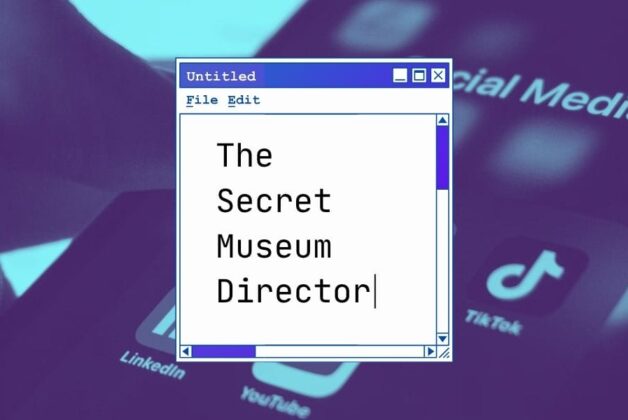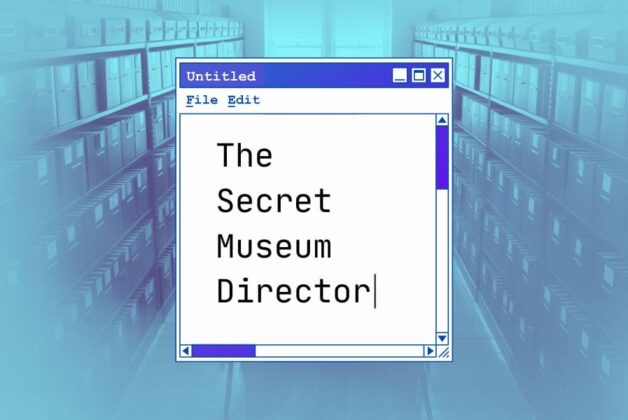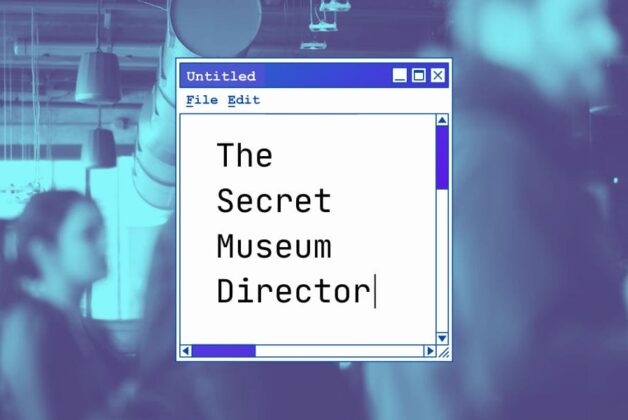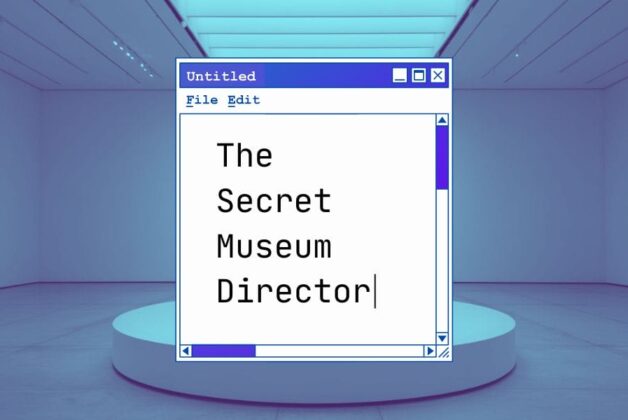The Secret Museum Director shares the frustrations of attempting to find the funds and skills to keep a historic site open and authentic.
Damp, too cold, too hot, uneven stairs, bulging walls, jagged rust, holes in the floor, asbestos wrapping the pipes and mould in the air. You name the health and safety issue; museums have it in spades. We operate castles, warships, tunnels, basements, stately homes etcetera.
The public knows this. It’s not often museums are in modern, bespoke buildings (and take it from me, when I worked in one, it still had a ton of problems).
The public are usually forgiving of the less-than-ideal circumstances of our sites. Most will understand that this is part of the preservation process and enjoy ducking, diving, and generally just watching out for all manner of hazards.
Where crises emerge for museums is the disconnect between what we can do, and what is sometimes expected of us. I have experienced various bodies, consultants, local authorities and individuals come to museums with reports, advice or simply complaints about the substandard nature of the site’s health and safety.
An extreme example was when I worked at a museum which had low ceilings. These ceilings were not movable unless the heritage site itself was destroyed.
We did the things that common sense would suggest we do; marked areas of particular risk, put cushioned padding on corners and the like, and yet we were still told by one zealous organisation with authority that we were operating a “death trap”.
...we were still told by one zealous organisation with authority that we were operating a “death trap”.
I remember being called into a meeting to discuss the risk of being sued by someone who might bang their head. I promptly banged my head on the table in dramatic frustration.
I additionally have heard horror stories of small museums being unable to open due to air quality issues, despite their site quite literally being cellars and tunnels, and others being told to remove asbestos, despite their site being almost made entirely of it…
Museums, particularly those on heritage sites, have a role to preserve and protect these sites, and the stories contained within them. We balance this as best we can by addressing the health and safety concerns of our visitors.
There are two reasons we can only go so far: firstly, many sites are by nature not up to modern standards (think warships, bunkers, castles, etc.). Secondly, where in theory we might be able to remove all step hazards, risky metal, mouldy air and the like, in reality we don’t have the money. The money keeps the site preserved, not radically changed.
Don’t get me wrong. I’m not “the anti-health and safety police”, and I want visitors to feel safe and secure when enjoying a museum. This means they will enjoy themselves, tell their friends and return. But I trust people to have understanding that we are who we are, and that care is required as a result.
So a toast to the uneven, and cheers to the dank, dark and smelly. We, and a big majority of our visitors love our heritage sites as they are. So if you come in with a clipboard and some authority, give us a break, and watch your step.






